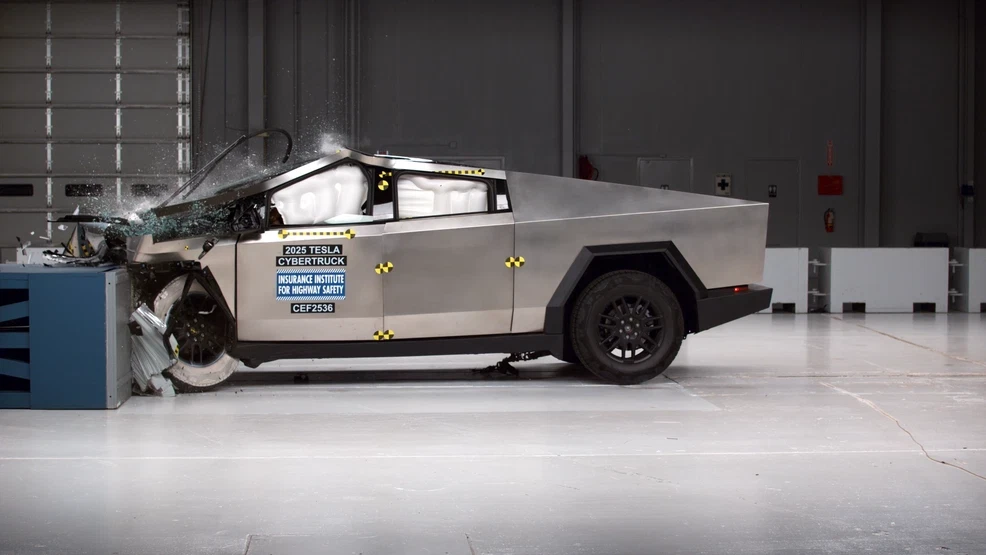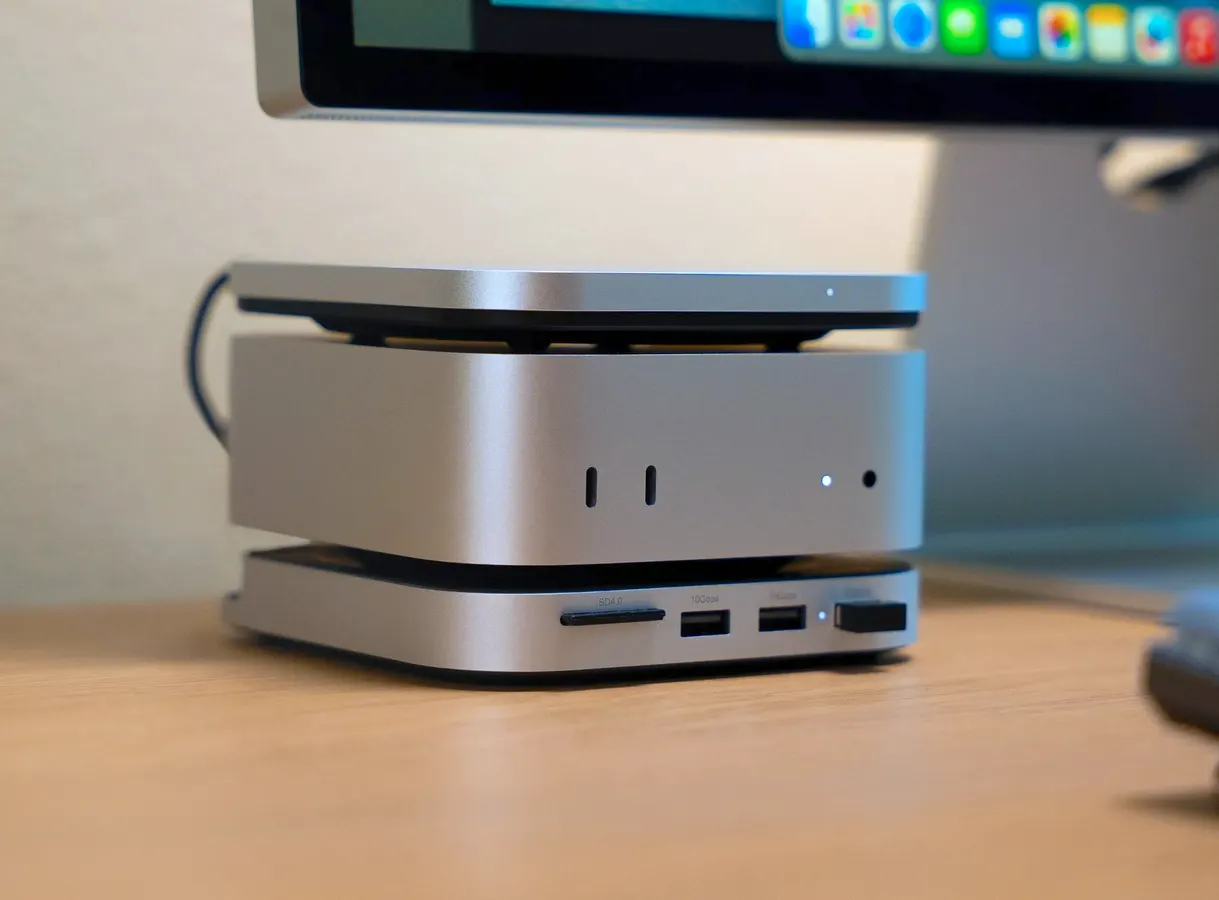
The Insurance Institute for Highway Safety has , information that EV shoppers might want as they try to take advantage of the $7,500 EV tax credit before it expires Sept. 30.
Raul Arbelaez, VP of the IIHS vehicle research center, said they tested EVs across categories, including midsize luxury cars, pickup trucks, SUVs, and a minivan.
He said IIHS has been safety testing EVs for close to 15 years. And they picked these seven vehicles to test because they are popular choices for consumers.
IIHS tested headlights, crash avoidance technology and how well the vehicles protect occupants in a crash.
Four 2025 models — the BMW i4, Chevrolet Blazer EV, Tesla Cybertruck and Volkswagen ID. Buzz — earned “good” ratings in the IIHS moderate overlap test. That’s where researchers crash a car into a stationary barrier at 40 mph with 40% of its front end overlapping the barrier.
The Tesla Model 3 earned an “acceptable” rating in the crash test.
The Nissan Ariya earned a “marginal” rating.
And the Ford F-150 Lightning pickup earned a “poor” rating in the crash test.
“For the crash test portion, five of them did really well,” Arbelaez said. “Earned the top rating of good. Of course, disappointed with how the Nissan Ariya and the Ford F-150 Lightning performed, with the Lightning getting the worst rating of poor.”
IIHS has been conducting the crash test for decades but started grading vehicles on back-seat protection a few years ago.
The back-seat protection is where the Nissan Ariya and the Ford F-150 Lightning fell short, Arbelaez said.
“So, it is disappointing that those fell short,” he said. “But we still have a good batch of vehicles that are performing well. So, that gives me some hope that the others will catch up soon.”
The EV tax credit stemmed from former President Joe Biden’s 2022 Inflation Reduction Act, but it was among the green energy incentives targeted by the GOP in the “One Big Beautiful Bill Act” in the name of boosting American energy and consumer choice.
So, the EV tax credit is ending now in a couple of weeks, more than seven years sooner than it was previously set to sunset.
For EV shoppers also seeking safety, the new results from IIHS offer some good news.
RELATED STORY:
Arbelaez said some folks might be concerned about EV fires, but he said gas-powered cars can also catch fire. And IIHS hasn’t seen a problem with EV fires in its lab.
“The structures held up really well. The battery compartments all held up really well,” Arbelaez said. “We’ve never had an EV thermal runaway in our crash lab.”
None of the EVs earned higher than an “acceptable” rating on their headlights.
The BMW got either a “marginal” or “poor” rating, depending on the headlight system.
Neither of the BMW’s two headlight systems provided adequate illumination on the high-beam setting, and the poor-rated version offered with the eDrive35, eDrive40 and xDrive40 trims also created excessive glare with the low beams, according to IIHS.
The Cybertruck’s headlights were also rated “poor,” downgraded because the low beams created excessive glare, IIHS said.
Arbelaez said the Cybertruck’s headlights were plenty bright, but they might blind an oncoming driver.
But he said headlights are easier than other things to fix, and sometimes it’s just as simple as adjusting the angle the lights are pointed.
“I think it is something that these manufacturers could fix relatively quickly to earn good or acceptable ratings,” Arbelaez said.
All seven EVs earned either “good” or “acceptable” ratings in pedestrian crash avoidance.
IIHS didn’t rate all seven EVs in some of its other tests, including the small overlap front crash test and the side crash test.



